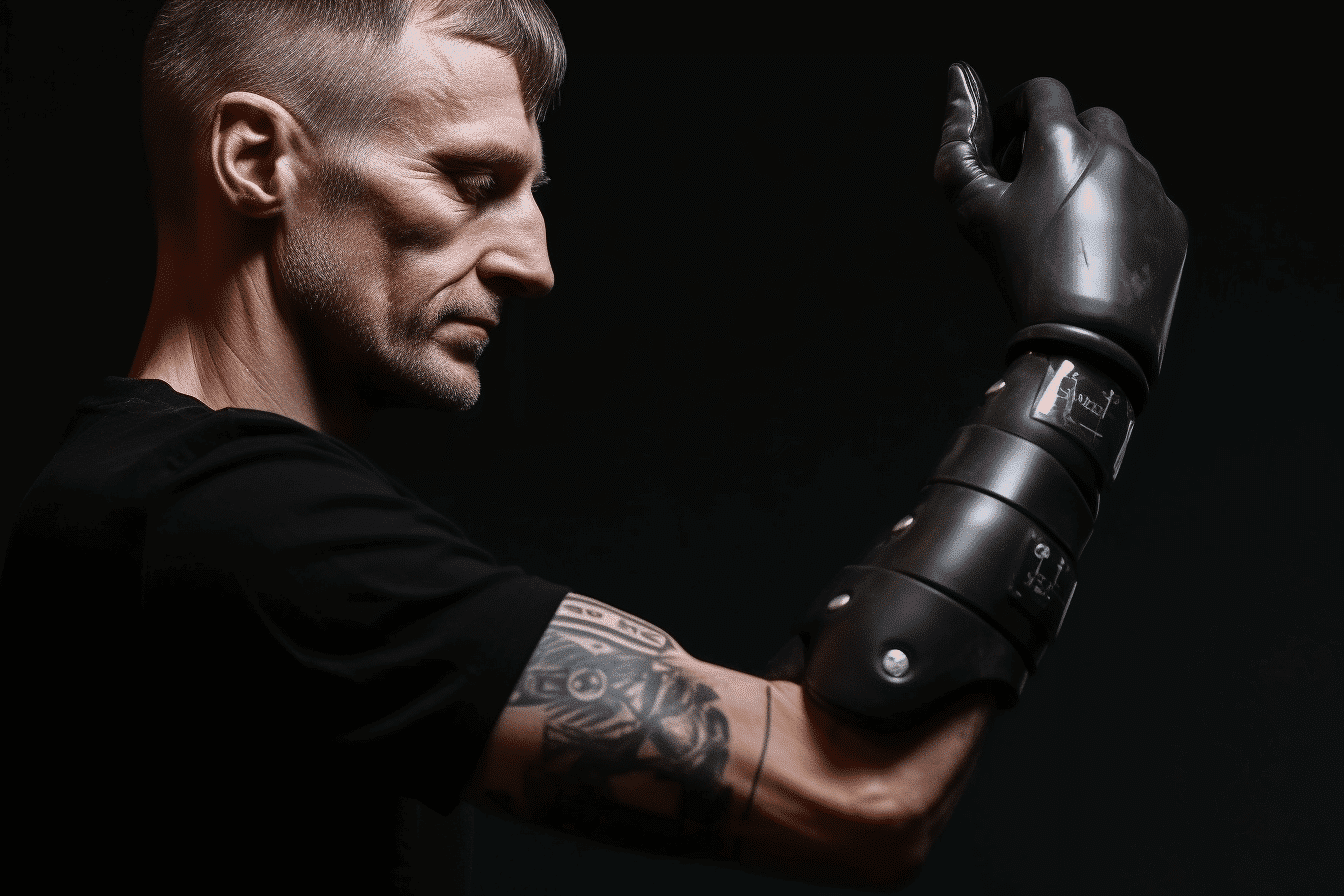In the midst of the ongoing conflict in Ukraine, a growing number of wounded soldiers are finding hope and mobility through advanced bionic prostheses. These cutting-edge artificial limbs not only restore mobility but also offer the ability to perform fine motor skills, giving a new lease on life to those who have lost limbs due to blast wounds.
One such individual is Alexis Cholas, a former combat medic who lost his right arm near the front lines in eastern Ukraine. His civilian career as a surgeon seemed to be over until he received a sleek black robotic arm, a “love at first sight” moment for him. This bionic arm has allowed him to continue working in healthcare, where he now serves as a rehab specialist, helping other amputees.
The conflict with Russia has resulted in a staggering need for prosthetic limbs in Ukraine. An estimated 20,000 Ukrainians have undergone amputations since the war began in February 2022. Many of these individuals are soldiers who lost their arms or legs due to blast injuries.
While conventional prosthetic limbs are available, a small number of amputees have had the opportunity to receive bionic prostheses. These bionic limbs are more advanced, providing greater mobility and the restoration of fine motor skills. However, they come at a higher cost, with prices that can reach up to $50,000.
Esper Bionics, a Ukrainian startup, has been at the forefront of providing bionic arms to those in need. Originally targeting the United States market, the company has shifted its focus to address the surging demand for prosthetic limbs in Ukraine. Currently, Esper Bionics distributes 70% of its products within the country.
In Ukraine, these bionic prostheses are made available at a cost of about $7,000, just enough to cover production expenses. In contrast, the same prosthetic limb sells for more than $20,000 in the United States. The lower cost in Ukraine is made possible through the company’s commitment to helping its own people rather than treating the country as a market.
For many amputees, the difference in cost between conventional and bionic prostheses can be significant. While conventional artificial limbs typically range from $800 to $2,700, the higher-end bionic alternatives require additional funding from charities or rehabilitation centers.
One notable advantage of the Esper Hand, a bionic arm powered by artificial intelligence, is its ability to adapt over time, learning the unique interactions of the user. This adaptability enhances the user’s experience and functionality.
Alexis Cholas, who received a bionic arm, now divides his time between volunteering as a combat medic on the front lines and working as a rehabilitation specialist in a public hospital in Kyiv. His shared experience of amputation with his patients enables him to connect with them on a profound level.
Bionic prostheses like the Esper Hand empower individuals like Cholas to perform even delicate movements, such as picking up a grape without crushing it, restoring a sense of comfort and confidence.
In a nation grappling with the consequences of conflict, these advanced bionic prostheses offer not just mobility but also the promise of a brighter future for those who have sacrificed so much on the front lines of Ukraine’s struggle.




